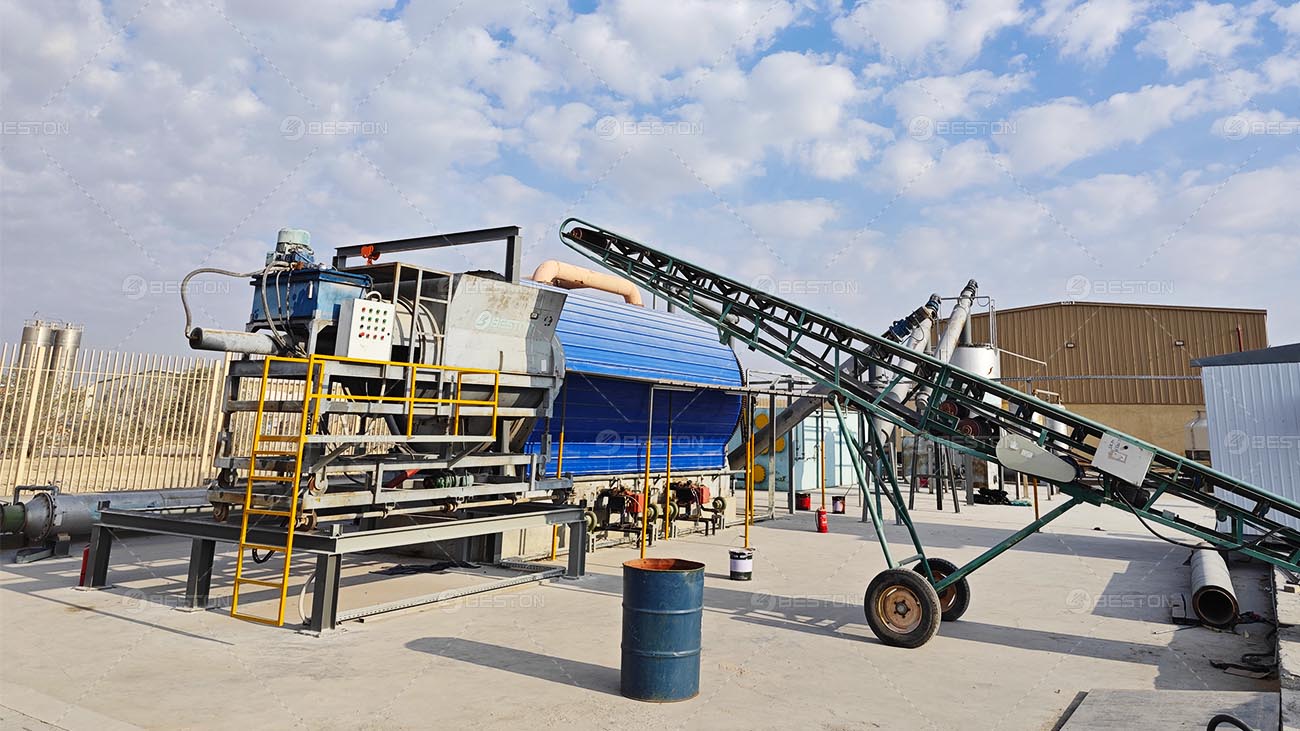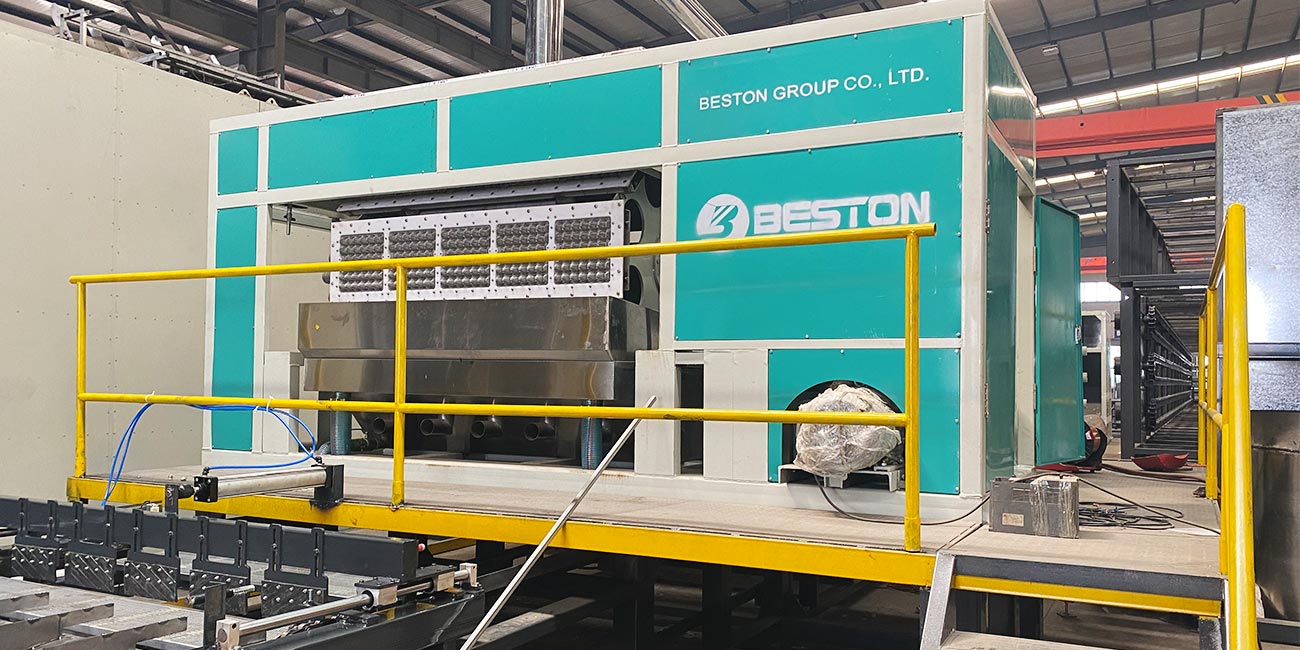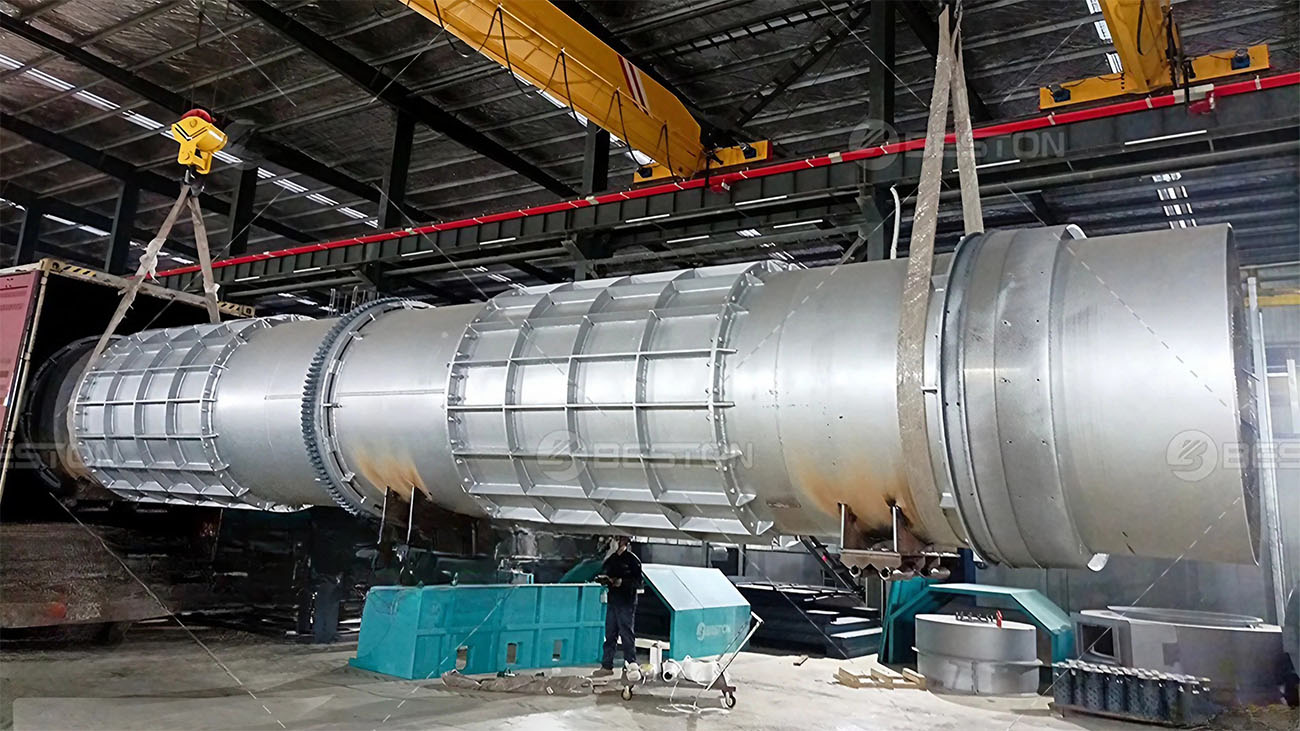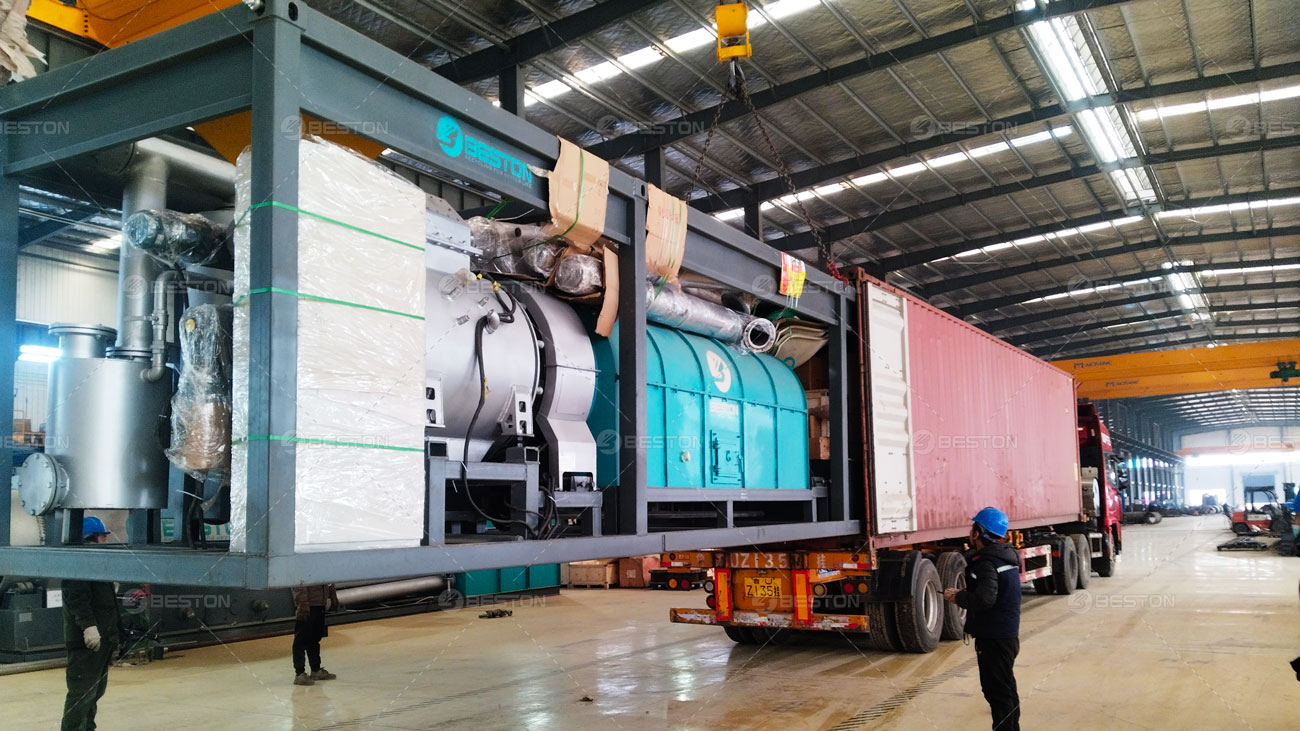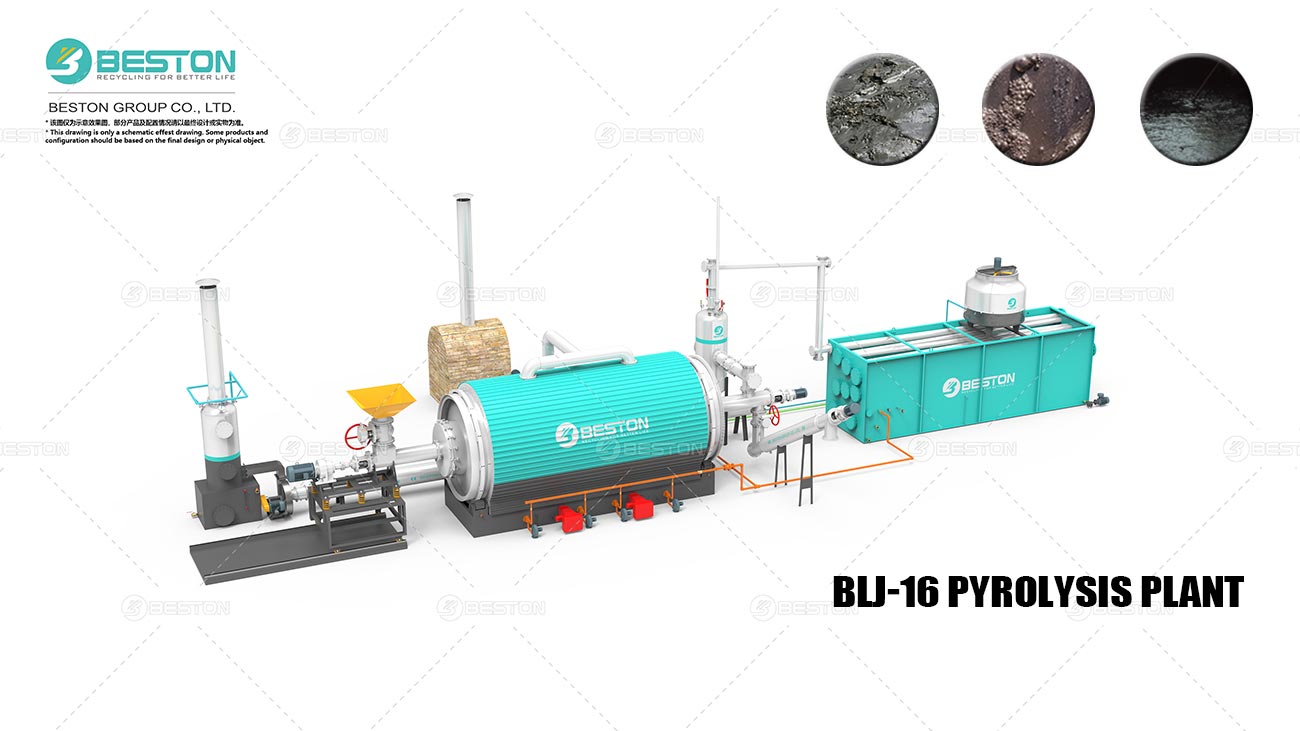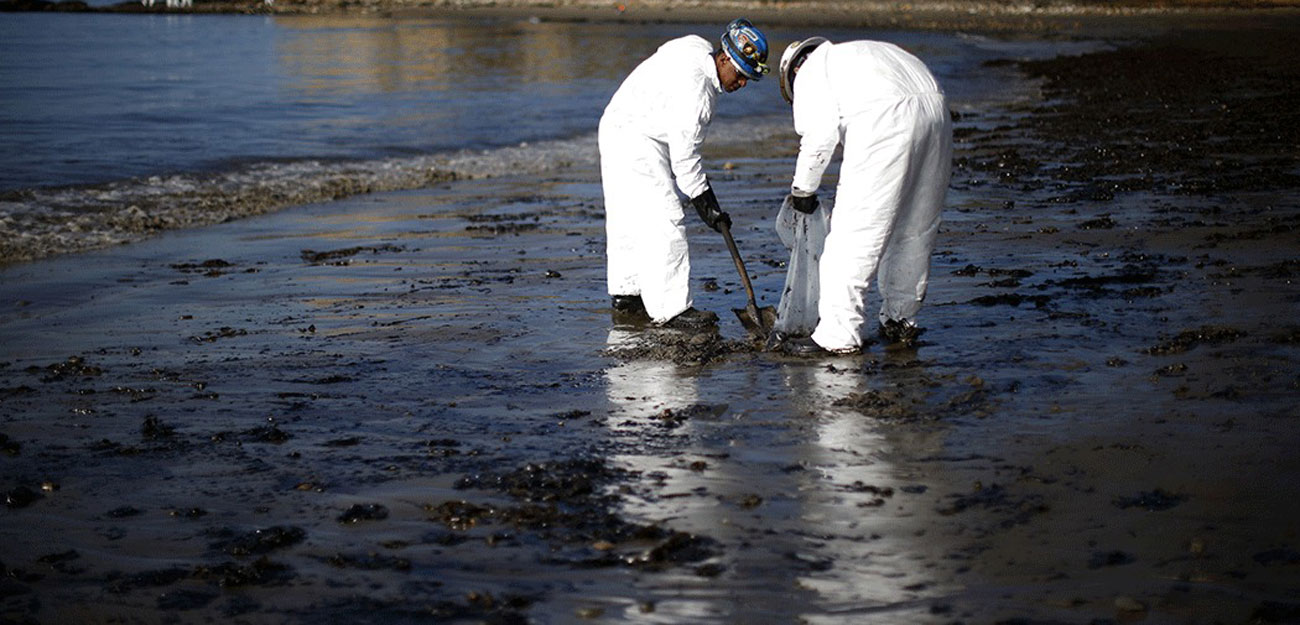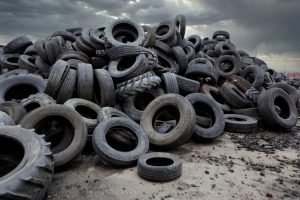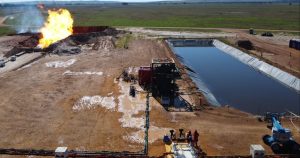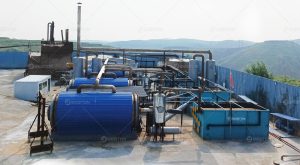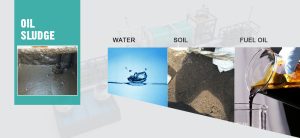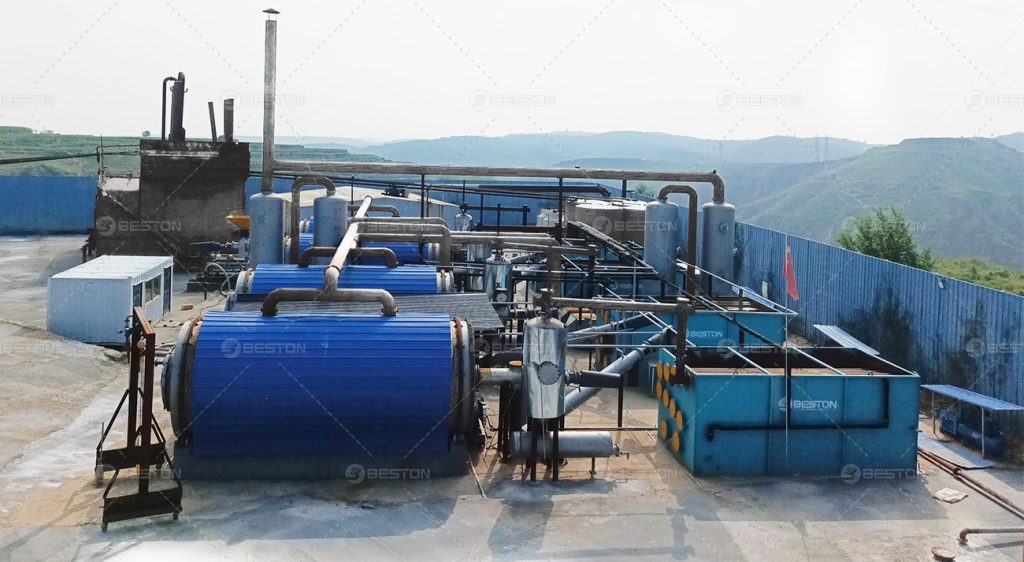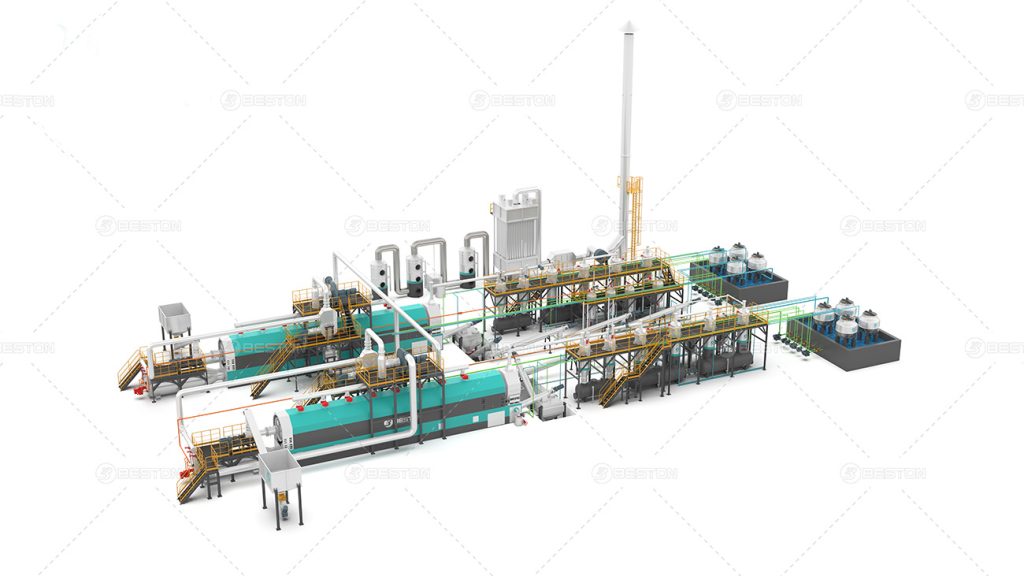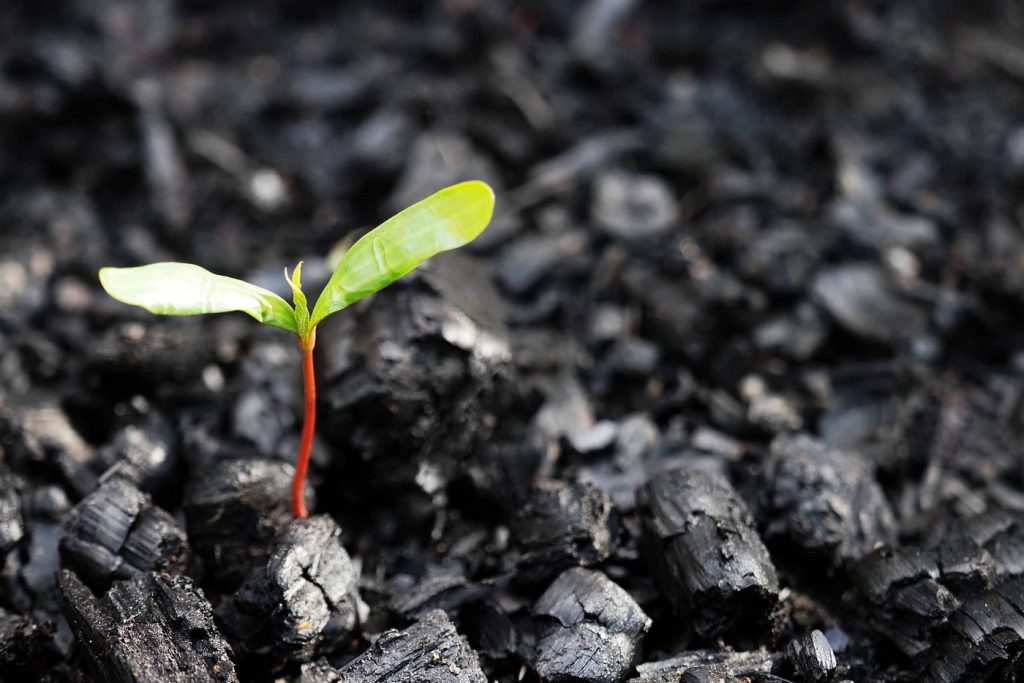Investing in emerging industries, particularly in waste recycling and renewable energy solutions, offers numerous opportunities for economic returns. One of the most dynamic sectors within this realm is the pyrolysis industry, where technologies like plastic into fuel machines, and continuous tyre pyrolysis plants provide promising avenues for investors.
But how do investors achieve returns in these industries? The process varies depending on the type of investment, the technology, and the operational model. In this article, we explore the different ways investors can secure financial benefits from these advanced recycling and energy conversion technologies.
1. Revenue from Product Sales
One of the primary ways investors generate returns is through the sale of products produced by pyrolysis systems. These products typically include oil, gas, and carbon black, all of which are in demand in various industries. For instance, a plastic into fuel machine converts plastic waste into liquid fuel, which can be sold for use in industries requiring energy sources. Similarly, a continuous tyre pyrolysis plant can produce valuable fuel oil, carbon black, and steel wire from waste tires, offering lucrative markets for each product.
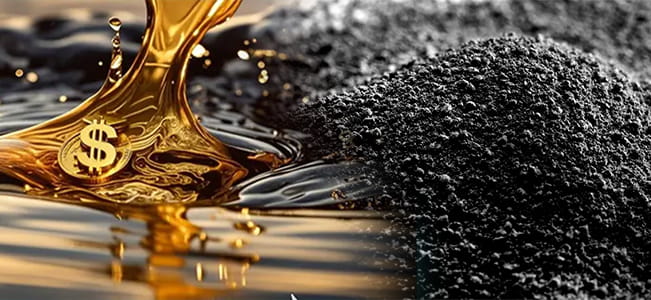
2. Energy Generation and Sale
Some pyrolysis technologies allow investors to not only convert waste into valuable products but also generate energy. The continuous tyre pyrolysis plant, for example, can produce syngas, a type of gas that can be used to fuel generators. This energy can then be sold to power grids or used to run the plant itself, reducing operational costs and increasing profitability.
3. Government Incentives and Subsidies
As part of global efforts to combat environmental challenges, many governments provide incentives for businesses involved in waste management and renewable energy production. These may include tax breaks, subsidies, or grants for companies investing in pyrolysis plant or other eco-friendly technologies. These incentives help improve the return on investment (ROI) for investors, especially when they are early adopters of innovative, sustainable technologies.
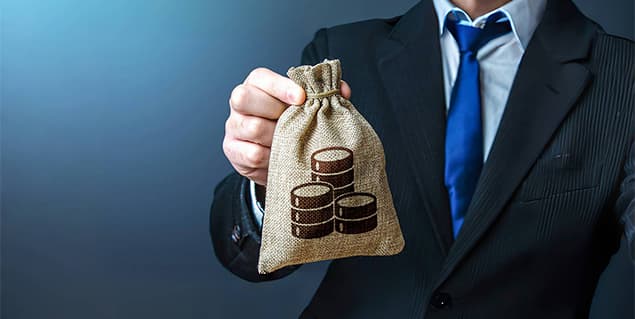
4. Cost Savings and Operational Efficiencies
Investors in plastic into fuel machines or continuous tyre pyrolysis plant also benefit from cost savings. By turning waste materials into valuable products like fuel or carbon black, businesses can reduce their dependence on traditional raw materials. Furthermore, pyrolysis systems can be highly efficient, maximizing the value derived from waste inputs and minimizing operational costs.
5. Long-Term Asset Appreciation
As environmental awareness increases and regulatory frameworks around waste management tighten, the demand for waste-to-energy technologies like pyrolysis systems is expected to grow. Investors in this space can expect long-term asset appreciation as the market for sustainable waste management solutions expands. The pyrolysis plant infrastructure, once established, may appreciate in value as demand for recycled fuels and materials rises.
6. Partnerships and Licensing
Investors can also look for returns through strategic partnerships or licensing agreements. For example, a business owner may license their plastic into fuel machine technology to other companies or collaborate with larger corporations seeking to integrate sustainable waste management practices into their operations. These partnerships can generate royalty payments, upfront licensing fees, and additional long-term returns.
7. Exit Strategies: Selling the Business or Technology
For investors looking to realize their returns over the short to medium term, selling the business or its technology can be a viable exit strategy. As the continuous tyre pyrolysis plant market matures, more established companies may seek to acquire smaller, innovative firms to expand their operations or portfolio. Selling the business or technology to a larger player can provide a significant financial return for early-stage investors.
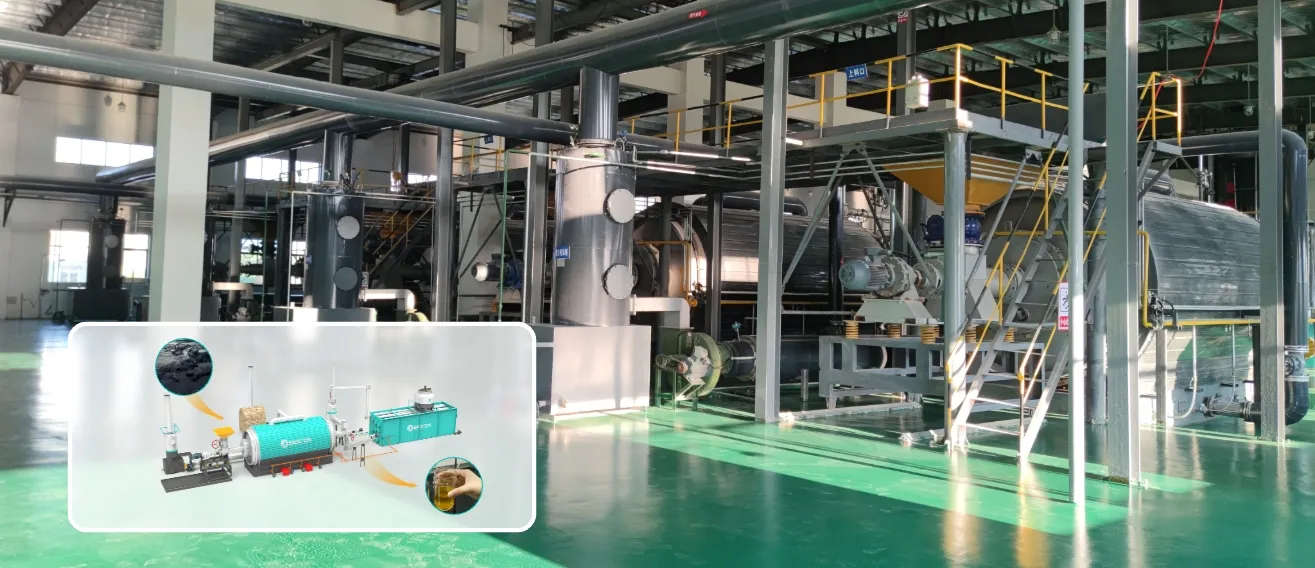
Conclusion
Investing in pyrolysis technologies, such as pyrolysis plants, plastic into fuel machines, and continuous tyre pyrolysis plants, provides investors with multiple ways to achieve economic returns. Whether through direct product sales, energy generation, government incentives, or strategic partnerships, the opportunities are diverse and growing. As the global focus on sustainable waste management intensifies, these investments offer not only financial rewards but also the chance to contribute to environmental preservation and circular economy principles. Expore more in Beston Group Co., Ltd.

